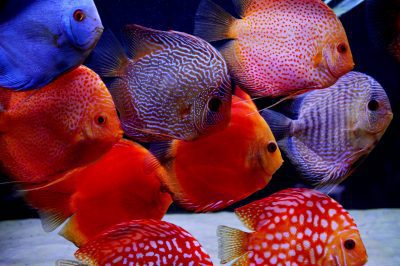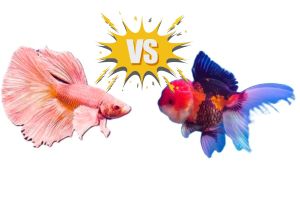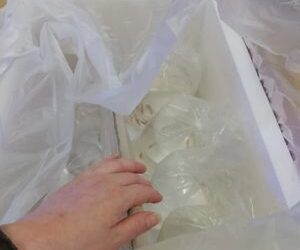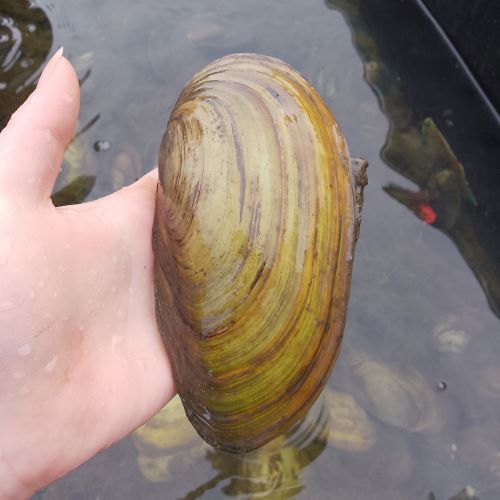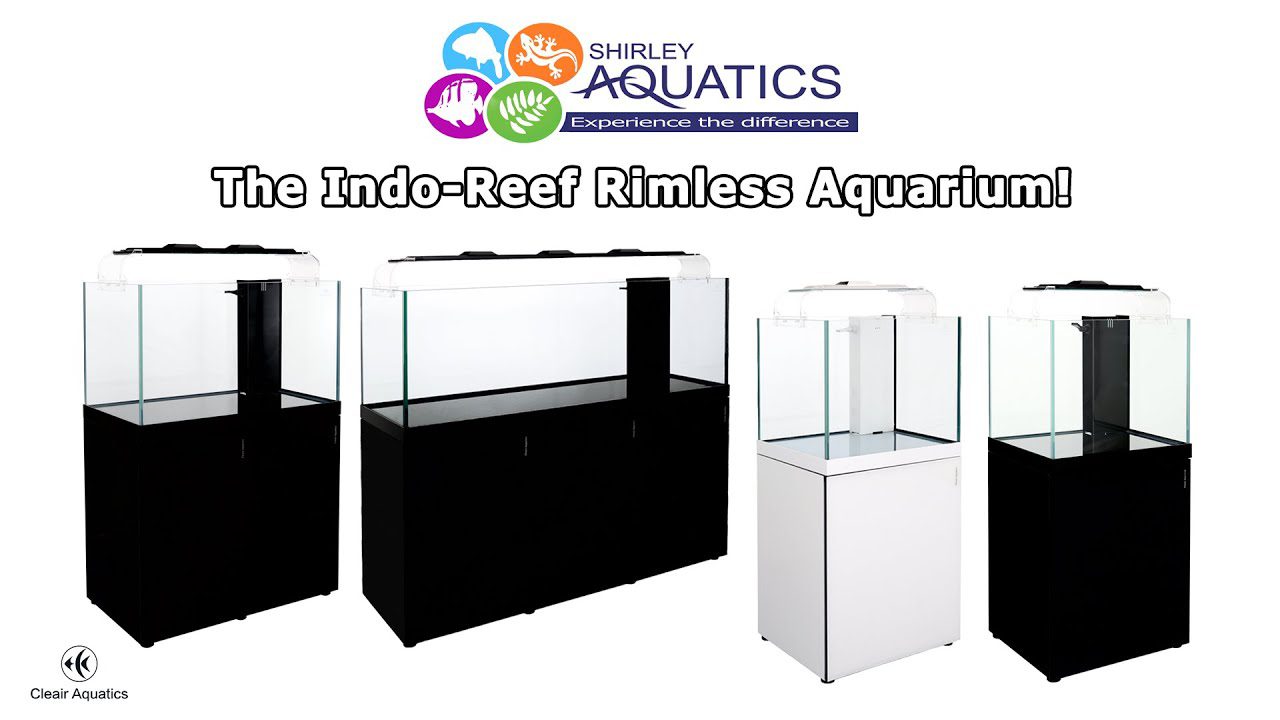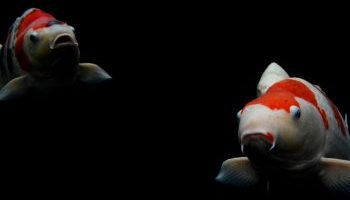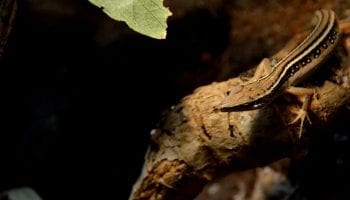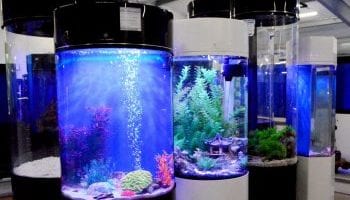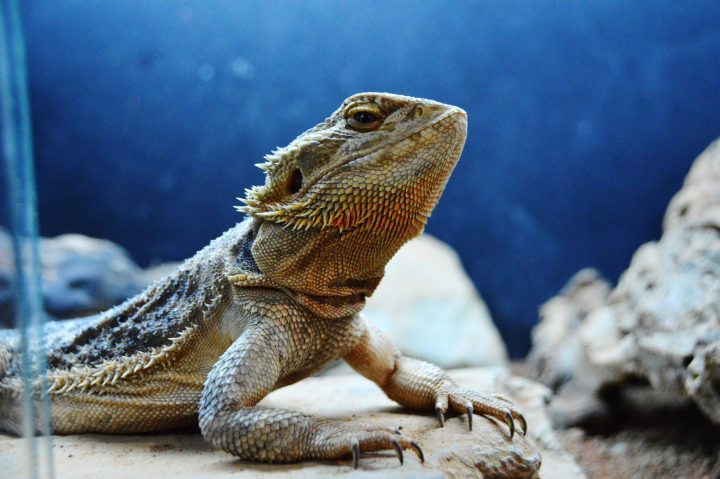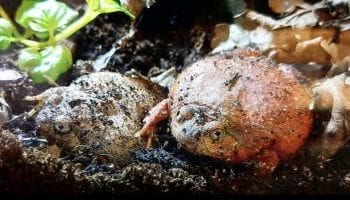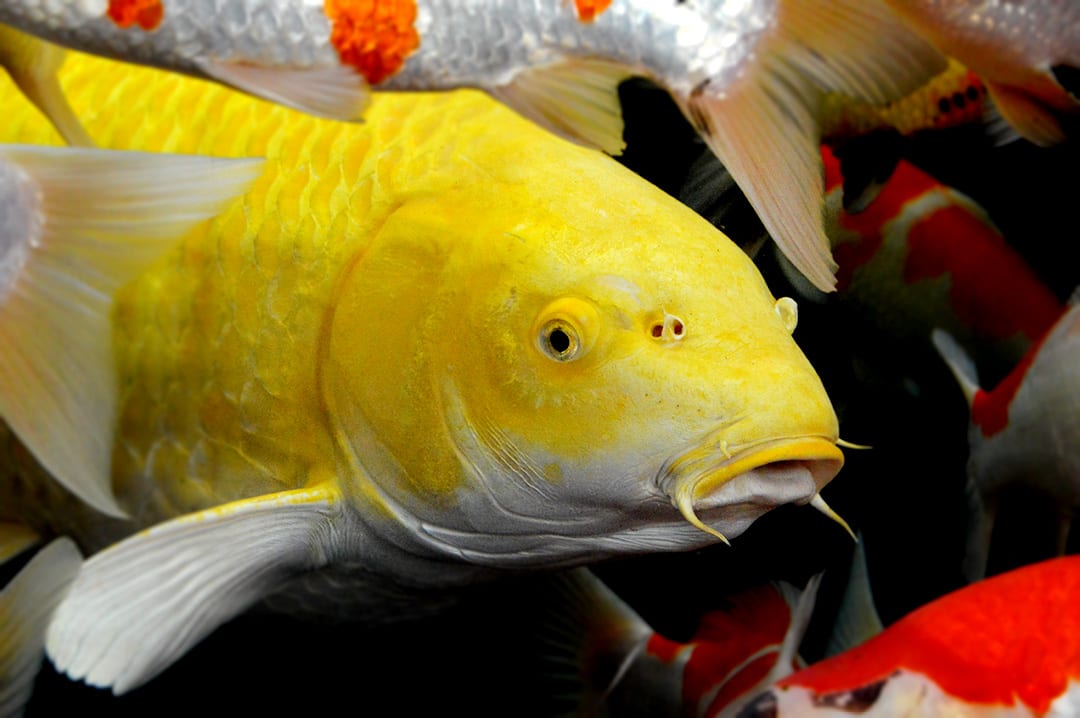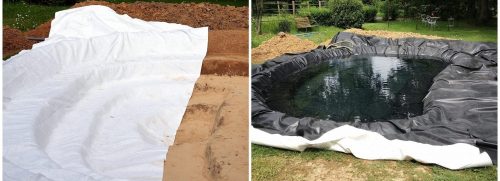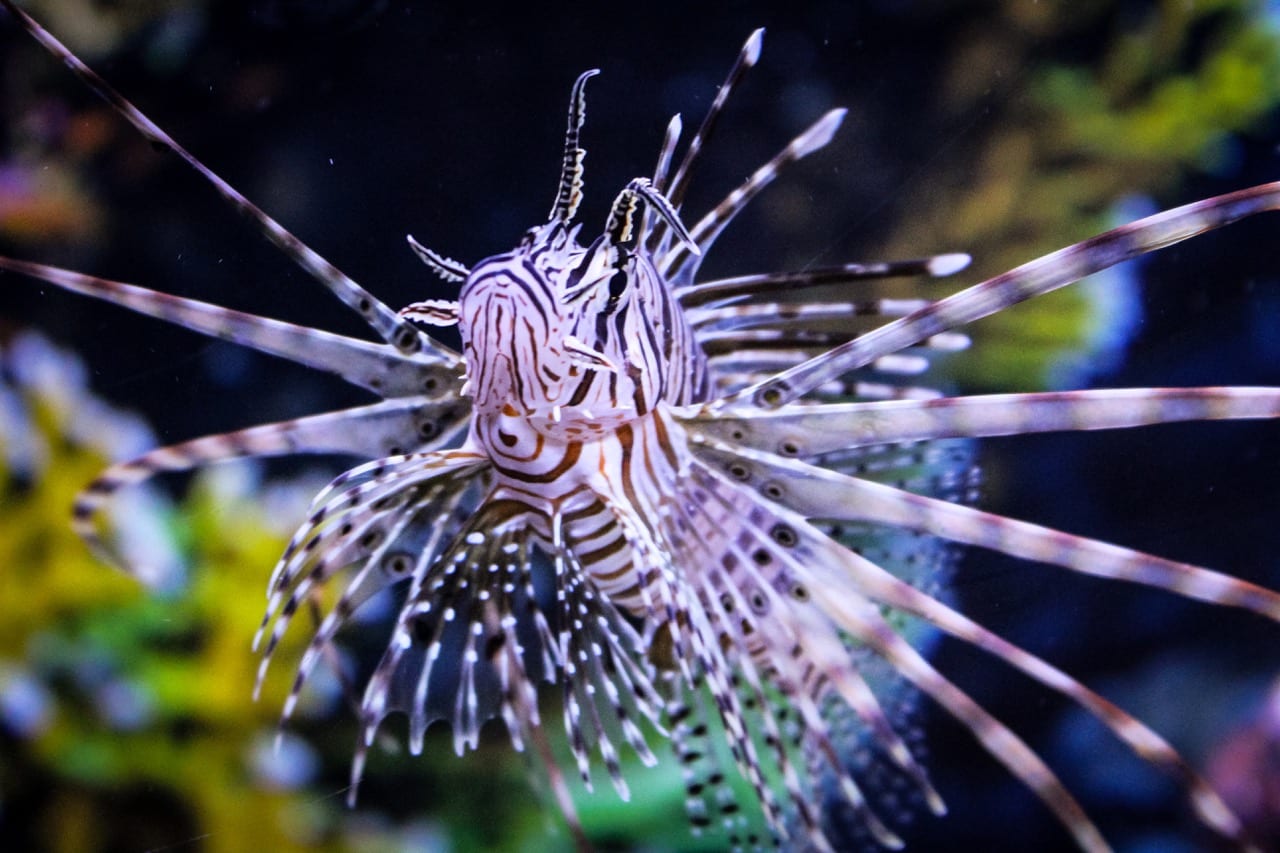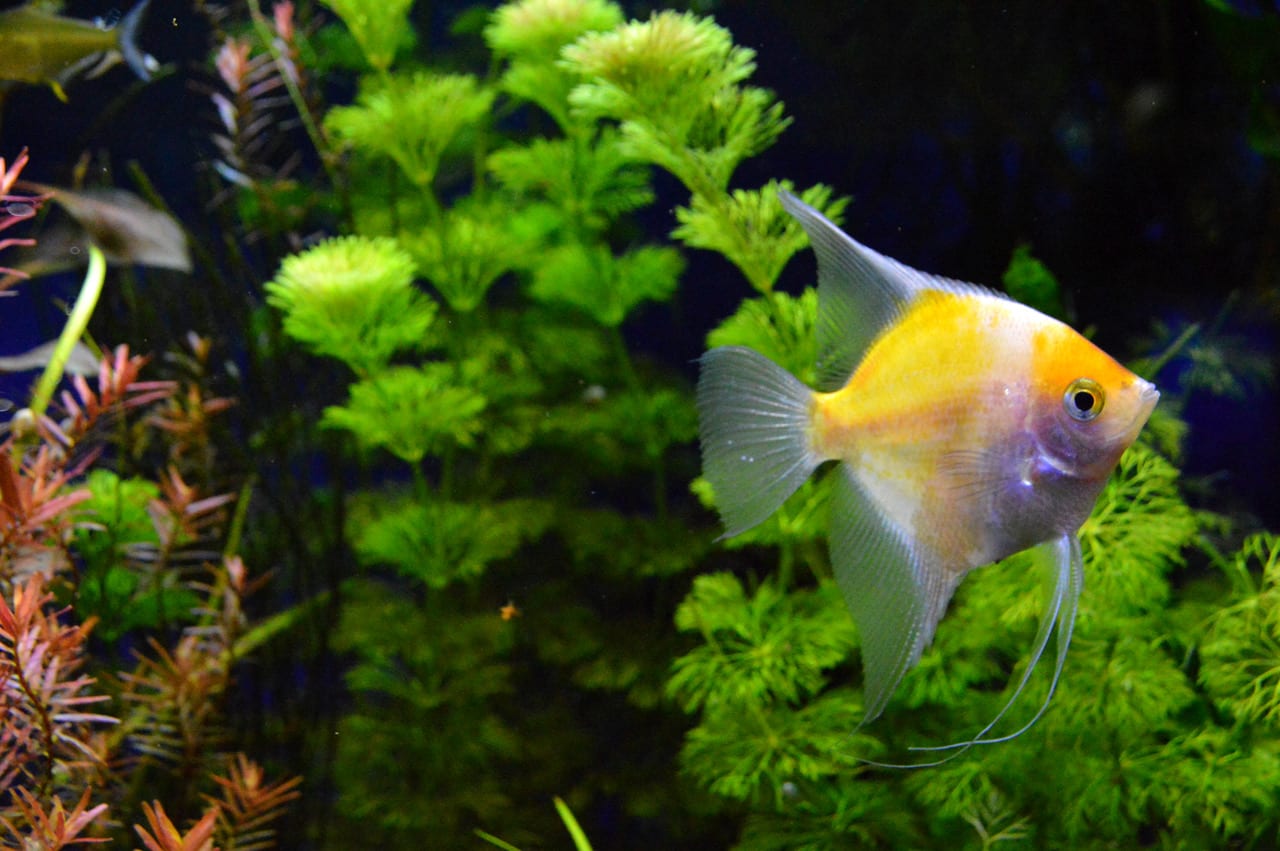What are discus? Everything you need to know before you buy STENDKER discus.
STENDKER announced earlier this year that their world-renowned Discus breeding programme will come to an end by the end of 2022. This news has rocked the tropical fish-keeping community as these iterations of these beautiful fish are by far the most hardy, easiest to keep, beautiful, and long-lived Discus fish available anywhere in the world.
Once this breeding programme closes down the only remaining options will be wild-caught Discus and Asian-bred – both of which tend to suffer badly during travel to the UK and aren’t hardy once they’re here.
This guide has been put together to ensure you get the most out of your fish, could perhaps look at breeding them yourself, and generally know what to do in all circumstances!
What is a discus, and who are STENDKER?
The discus belongs to the Cichlid family and originates from the Amazon river basin. They are available for private fishkeeping as wild-caught, Asian-bred, or German-bred from STENDKER.
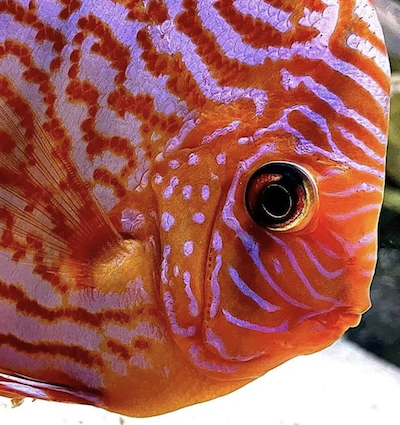
STENDKER have been breeding Discus since 1965 and is now in its 3rd generation of breeders! They’ve supplied over 45 countries worldwide for the last 55 years and are used by many zoos as well as aquatic retailers globally. The reason Shirley Aquatics has always used STENDKER is that they share our ethos when it comes to animal husbandry. Their company philosophy is ‘Only the best for our fish’ and that is reflected in their product!
STENDKER breed the best discus in the world and has also formulated their own ‘all-in-one’ food for their fish that provides absolutely everything that their fish need for complete dietary satiation. It also means that discus keepers can’t get confused or make a mistake when feeding their fish!
Discus are renowned for their beautiful colours. STENDKER have produced 29 varieties of Discus – all of which are striking to look at.
Discus are group fish and respond well to external stimulus and human movement outside of their tank. It’s important to note, however, that they are still Cichlids and will still exhibit Cichlid behaviour.
For example, in smaller groups of between 3 and 9 fish, the dominant Discus will select the weakest animal, deny it food and bully it. This submissive discus will seek a corner of the tank, not get food, become emaciated and die. The dominant animal will then seek the next weakest fish and repeat the process. To counteract this behaviour add more fish to create a group of 10 or more. This behaviour will then stop.
How big do discus get?
STENDKER discus can grow to 21cm across. Being something of a ‘dinner plate’ fish this can be nose to tail or fin to fin. They’re considered to be fully grown by the time they’re around two and a half years old. Because they grow so quickly it’s important to have an adequate setup to move into or to adapt as they grow. This is covered in much more detail in The Shirley Aquatics guide to STENDKER discus keeping part 2.

How old do Discus get?
STENDKER Discus are considered to be the longest-lived Discus. They can reach an average age of 15 years if cared for correctly! Due to their vibrant colour and responsive nature to human interaction they can fast become family favourites with distinct personalities.
| 5 cm | 2 months |
| 6cm | 3 months |
| 8cm | 4 months |
| 10cm | 6 months |
| 12cm | 9 months |
| 14cm | 12 months |
| 15cm | 18 months |
| 17cm+ | 24 months + |
How many Discus should I have?
Discus are community fish and need to be part of a group. It’s important to keep Discus either in pairs for mating or in groups of at least 10. Making sure they’re all around the same size/age is important too, to avoid aggressive singling out by the dominant animal.
Due to the nature of STENDKER breeding, these fish can be very susceptible to bacterial infection so STENDKER advises buying all of your discus at once and from the same outlet, or at least buying them as close together as possible. This reduces the possibility of potential bacterial infection from new batches or multiple retail outlet’s waters.
If you aren’t prepared to do this then we suggest you don’t keep discus.
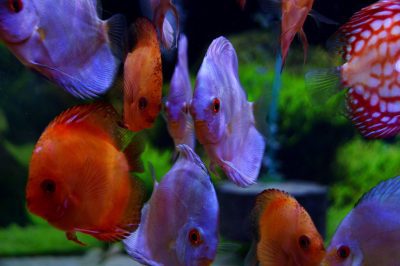
What do discus eat?
STENDKER feed all of their fish (Around 200,000 at a time!) on their own food. This food has been developed over decades to provide absolutely everything that these fish need. It also makes life very easy for us and our customers! STENDKER advise you continue to only feed them on STENDKER Good Heart food.
Still interested in STENDKER Discus?
Now that you know what they are, how big they grow, how old they can get, and what they eat are you still interested in keeping them yourself?
If you are then The Shirley Aquatics guide to STENDKER Discus keeping – Part 2 will tell you absolutely everything you need to know about the practicalities of keeping these gorgeous fish.


